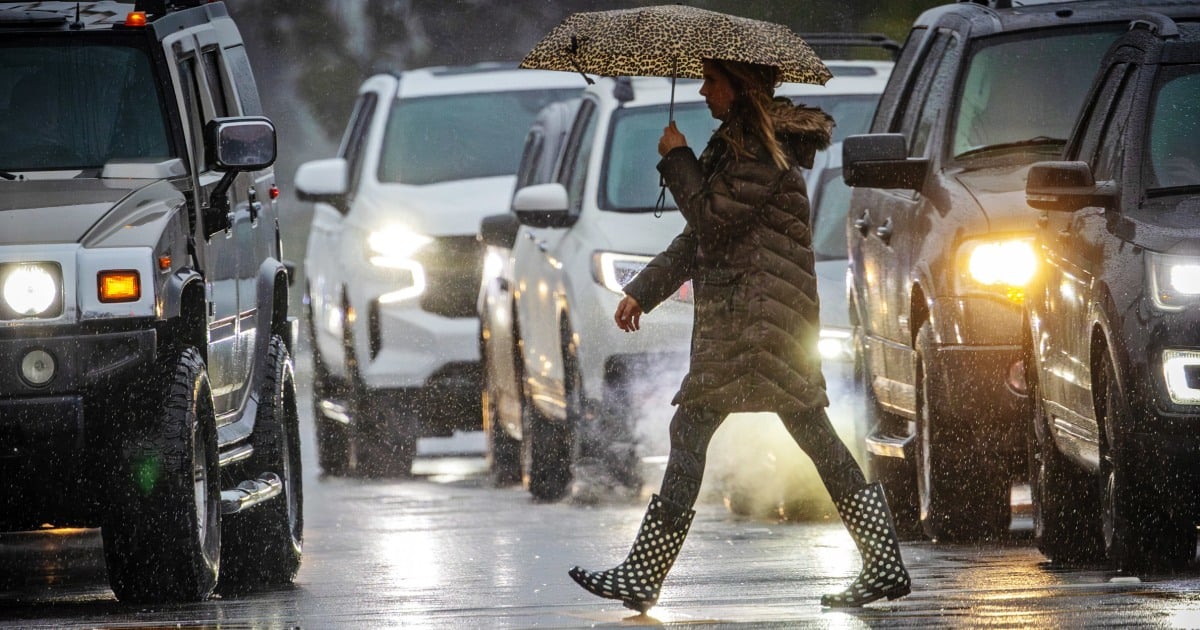The Transportation Department projects the new rule could save 360 lives a year and prevent 24,000 injuries.
The Biden administration plans to require that all new cars and trucks come with pedestrian-collision avoidance systems that include automatic emergency braking technology by the end of the decade.
In an interview, Transportation Secretary Pete Buttigieg said the requirement is designed to reduce pedestrian deaths, which have been on the rise in the post-Covid 19 era.
…
The new standards will require all cars to avoid contact at up to 62 mph and mandate that they must be able to detect pedestrians in the dark. They will also require braking at up to 45 mph when a pedestrian is detected.
The Transportation Department projects the rule could save 360 lives a year and prevent 24,000 injuries.



Two cameras can measure distance as well. It’s how our eyes work and how things like 3D scanners work.
You misunderstand. Two cameras can infer distance, they do not and cannot measure it.
Two cameras can produce more accurate and reliable distance results than one. But they still cannot measure distance only infer it.
For certain lighting conditions this can be very reliable like 3D scanners. But cars operate in a staggering range of lighting conditions, with a large variety of environments and materials.
They absolutely can calculate distance as it’s the same principle that allows us to measure the distance of distant planets and galaxies using parallax and trigonometry. Furthermore, if you’re in conditions where cameras can’t see anything, then your car shouldn’t even be on the road as your eyes certainly won’t be able to see anything. Cameras aren’t limited to visible light frequencies like the human eye and my security cameras, for example, can see very clearly in pitch black, low light, or bright light conditions.
You misunderstand. I never said they can calculate distance. They just don’t measure it, it’s inferred. Inferring results in unreliable estimates. The unreliability of which is not accounted for appropriately in camera based autonomy systems.
It’s not an issue in astronomy. Because people can examine the results further and discount any clearly incorrect distance calculations.
It’s not just about not seeing anything. Outdoors is one of the most variable and challenging lighting conditions for most systems. Too much light, shadows, etc.
You only need one frequency of light for camera based distance measurements. They require features rather than a specific light.
Your security camera does not operate in pitch black. It has infra red lights that illuminated the scene, you just can see it. Your security cameras are subject to problems in both high and low light conditions. It can make adjustments throughout the day to compensate for changing light. However it doesn’t make it measure distance.